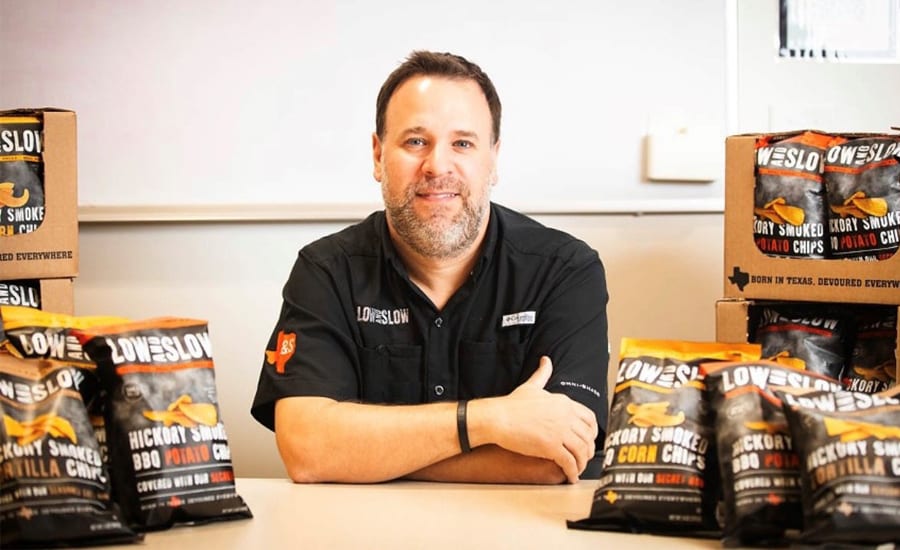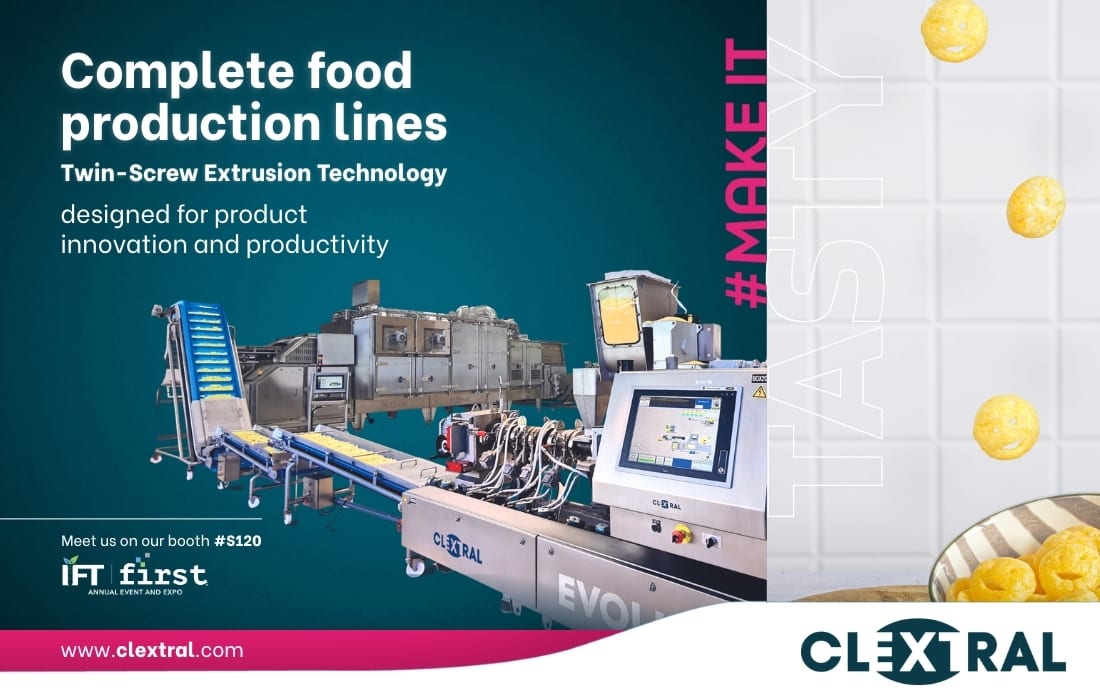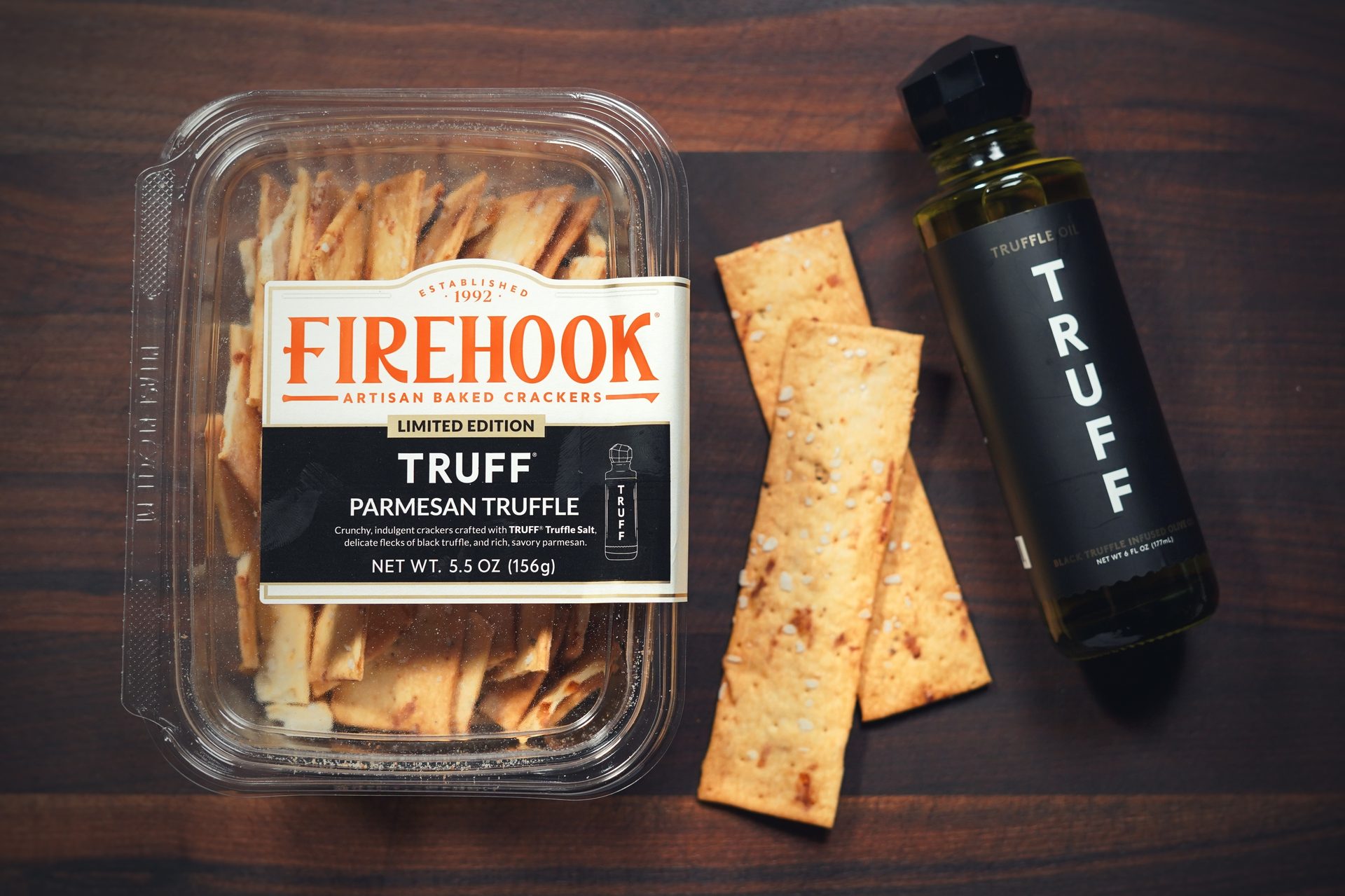The BOTTOM LINE
- Sales of potato chips saw a slight decline over the past year
- Delivering bold flavors and flavor innovation could provide an advantage
- Bigger brands continue to dominate but there is plenty of room for smaller players
Crunch time
The chip category is competitive, but producers that innovate can enjoy an edge.
Jenni Spinner, Chief Editor
Chips continue to entice fans of salty snacks. However, with the category increasingly crowded, and health-conscious consumers scanning labels more closely than ever before, producers have their work cut out for them. To continue drawing in hungry consumers, snack-making companies just might need to change their recipes up a bit, offering BFY benefits, adventurous flavors, novel ingredients, and other innovations to keep those dollar sales up and avoid unsavory downturns.
CHIPS
STATE of the INDUSTRY

SPONSORED BY
Market data
Potato chips are still very much a hot commodity, according to data from Circana (Chicago) for the 52-week period ending May 18, 2025. The category brought in a total of $11.6 billion for the year; that figure represents just a tiny loss of 0.1% compared to the previous year. Unit sales are also down just 0.1% for the period (with 3.7 billion units sold).

HOVER OVER CHART TO SCROLL DOWN
Source: Circana OmniMarket™ Total Store View | Geography : Total US - Multi Outlet w/ C-Store (Grocery, Drug, Mass Market, Convenience, Military and Select Club & Dollar Retailers) | Time : Latest 52 Weeks Ending 05-18-25
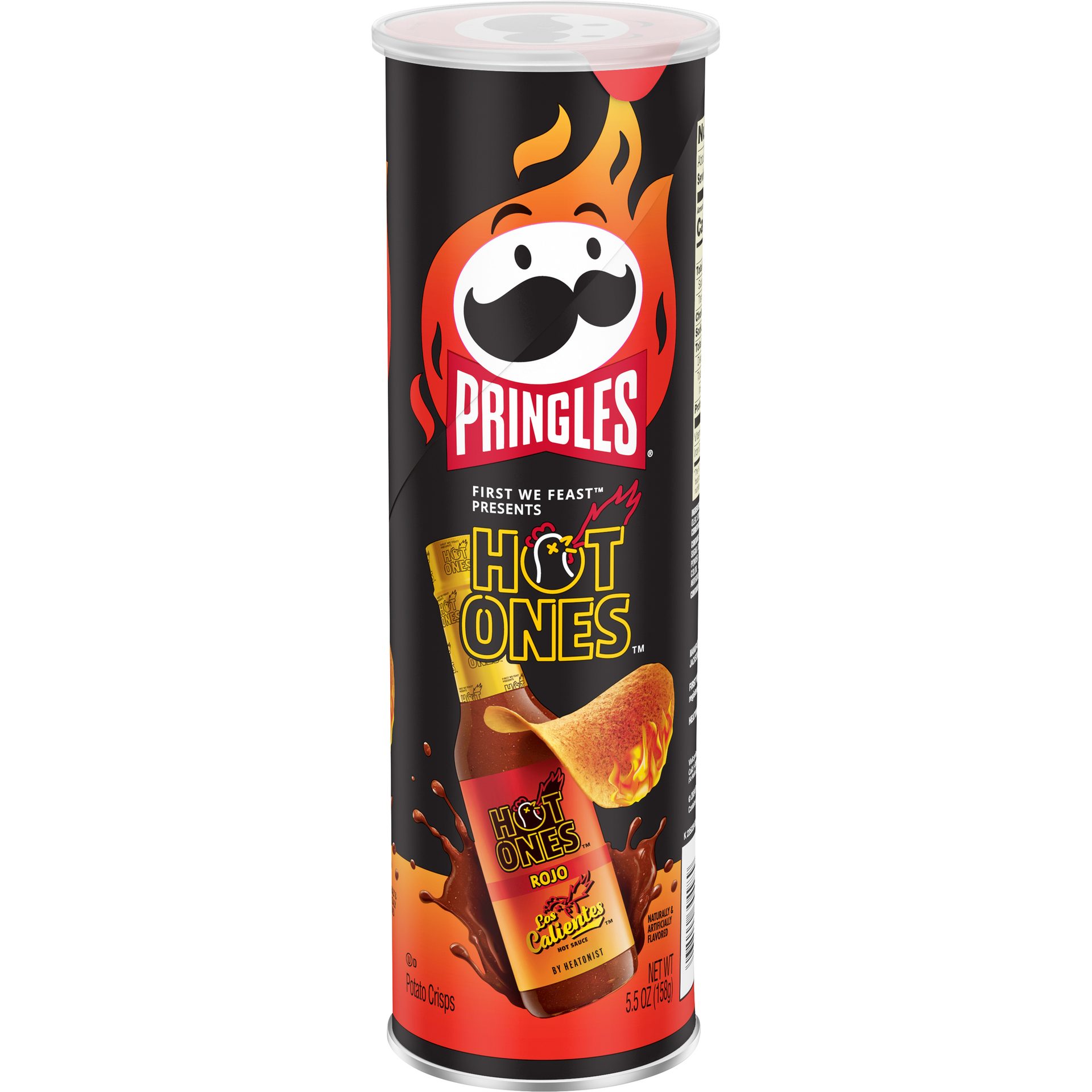
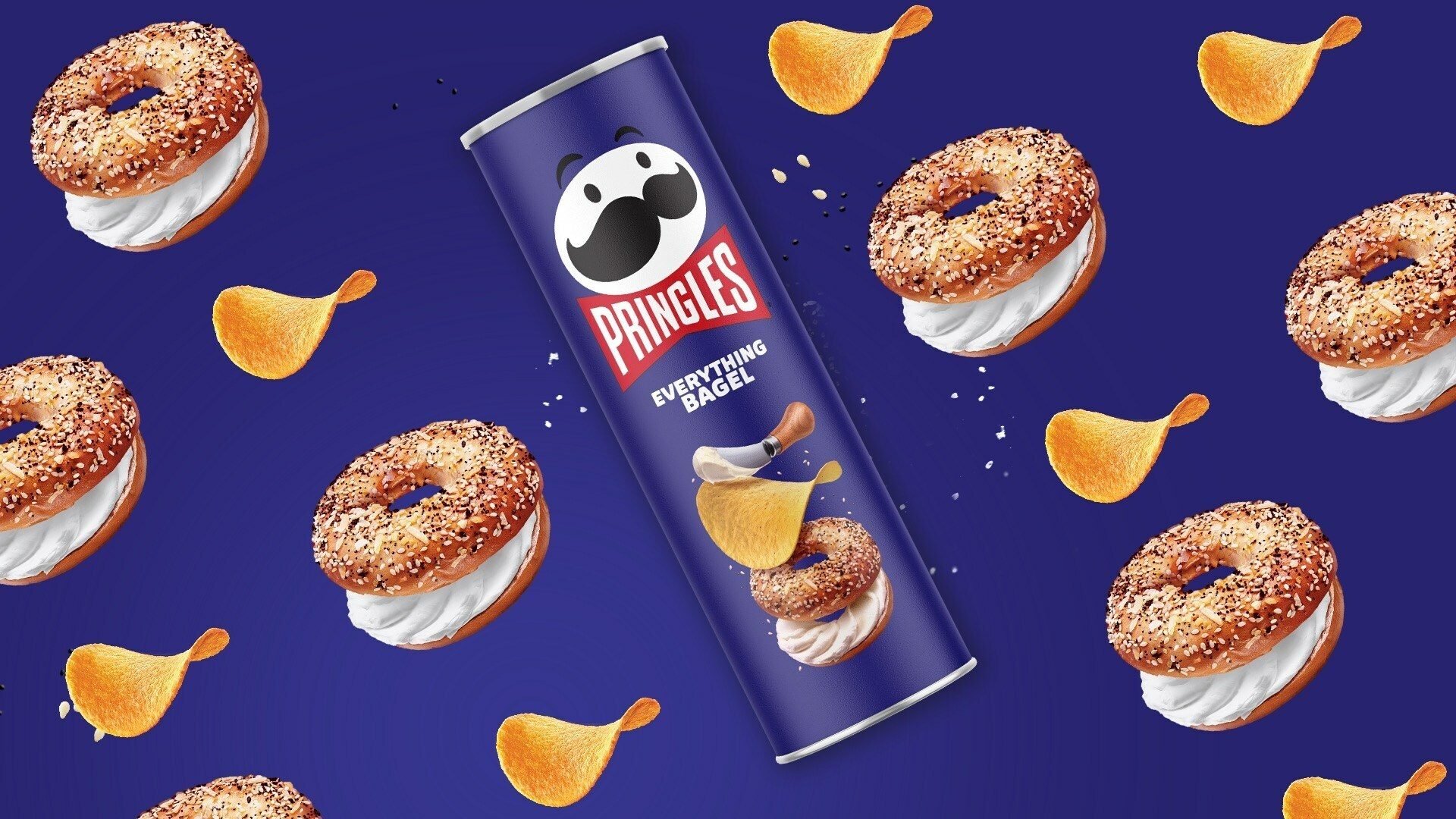
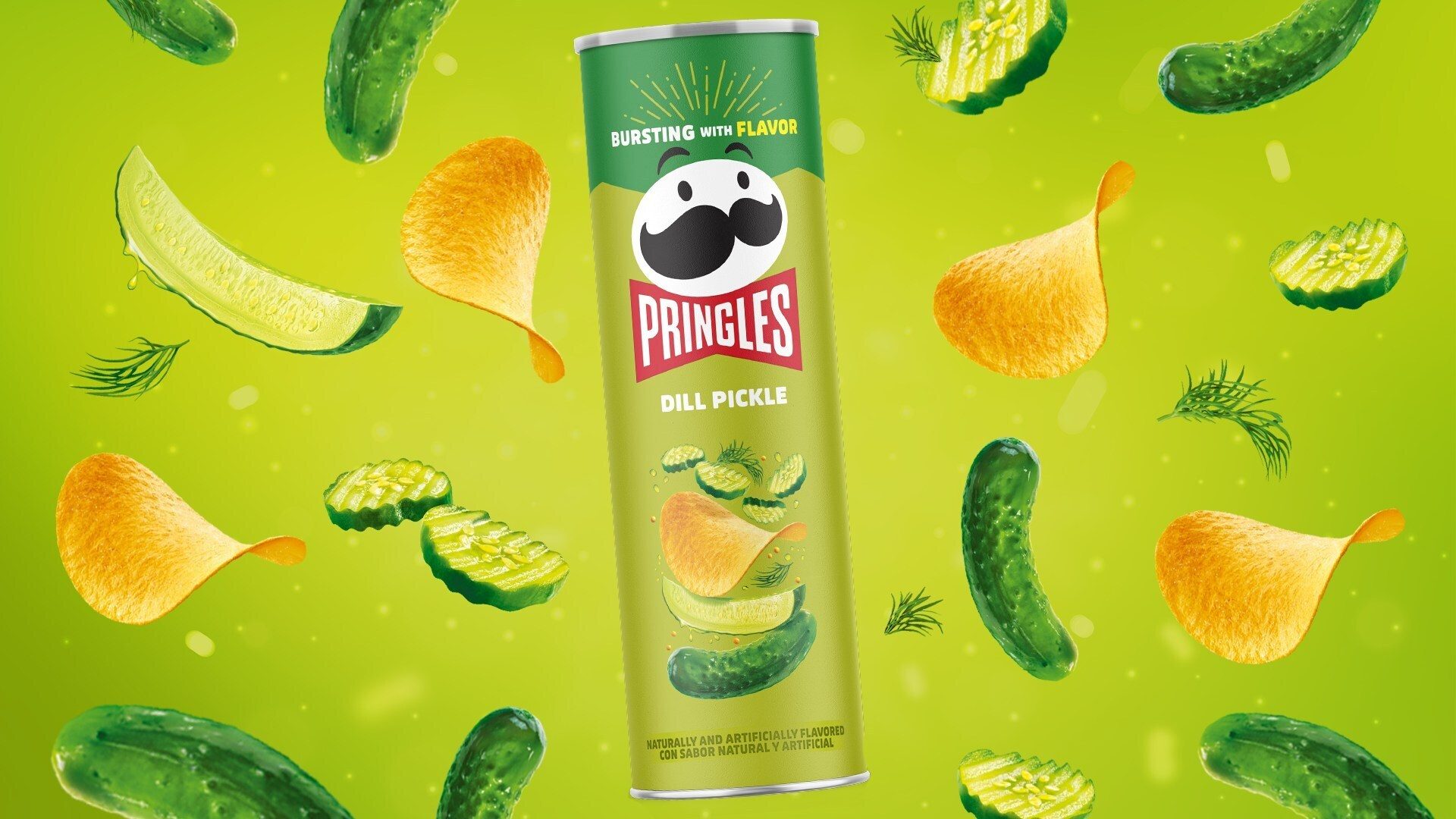
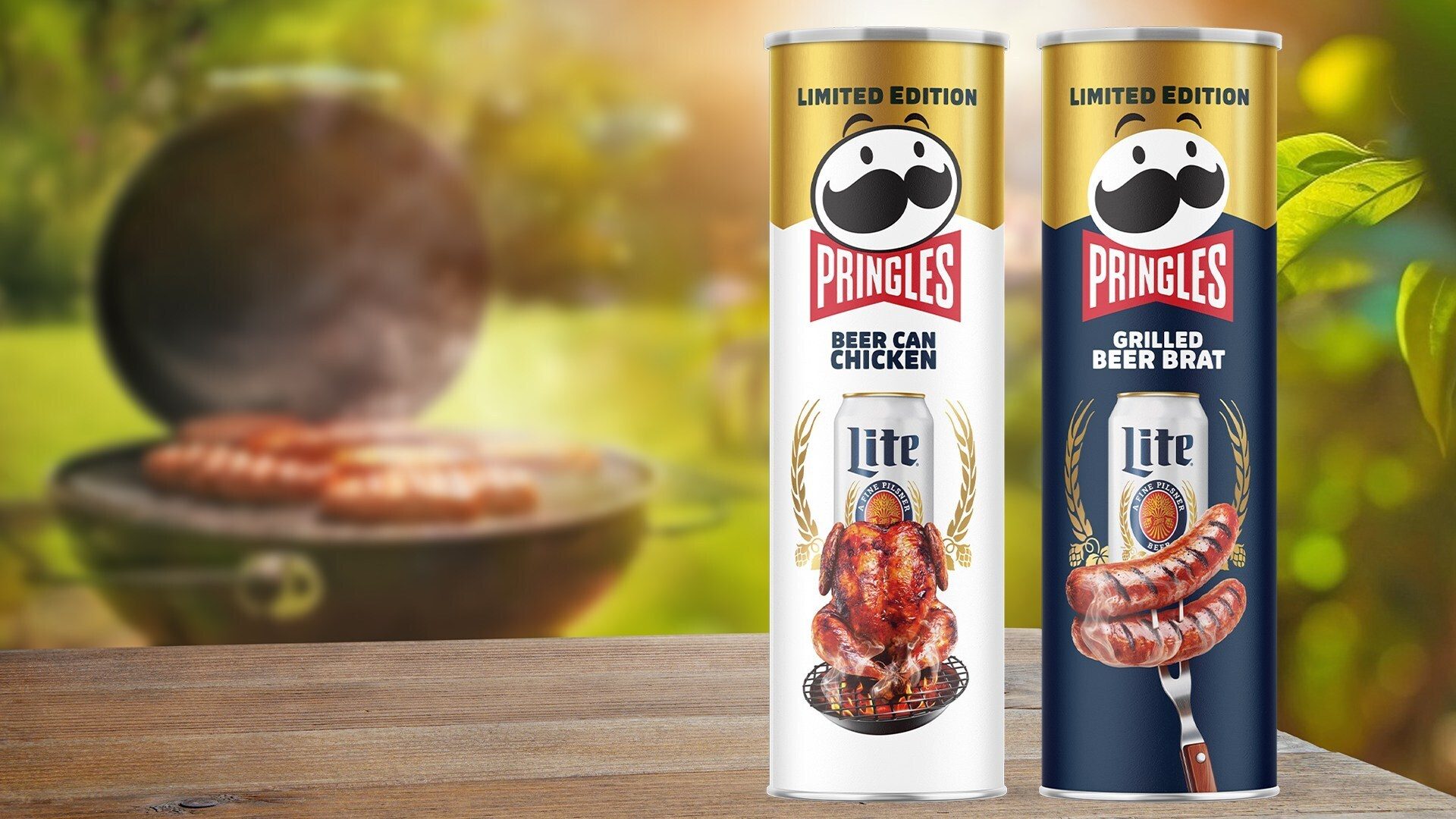
Courtesy of Kellanova
As for the top-ranked producers in the potato chips category, the players on the list saw a mix of ups and downs. Unsurprisingly, Frito-Lay topped the chart—the company’s $6.5 billion in sales represented another modest decline (0.8%) in sales, and a slightly larger drop in its unit sales (1.2%, to just under 2 billion units out the door). Private-label potato chips had a bit of an increase, though also modest; $1.1 billion in dollar sales equates to a bump up of 1.5%. Other ranked companies:
- Kellanova: $1.5 billion, down 1.1%
- Campbell’s Cape Cod chips: $460.1 million, up 2.6%
- Utz: $441.2 million, down 5%
- Kettle, another Campbell’s brand: $337.4 million, down 0.8%
- Herr Foods: $159.3 million, up 0.2%
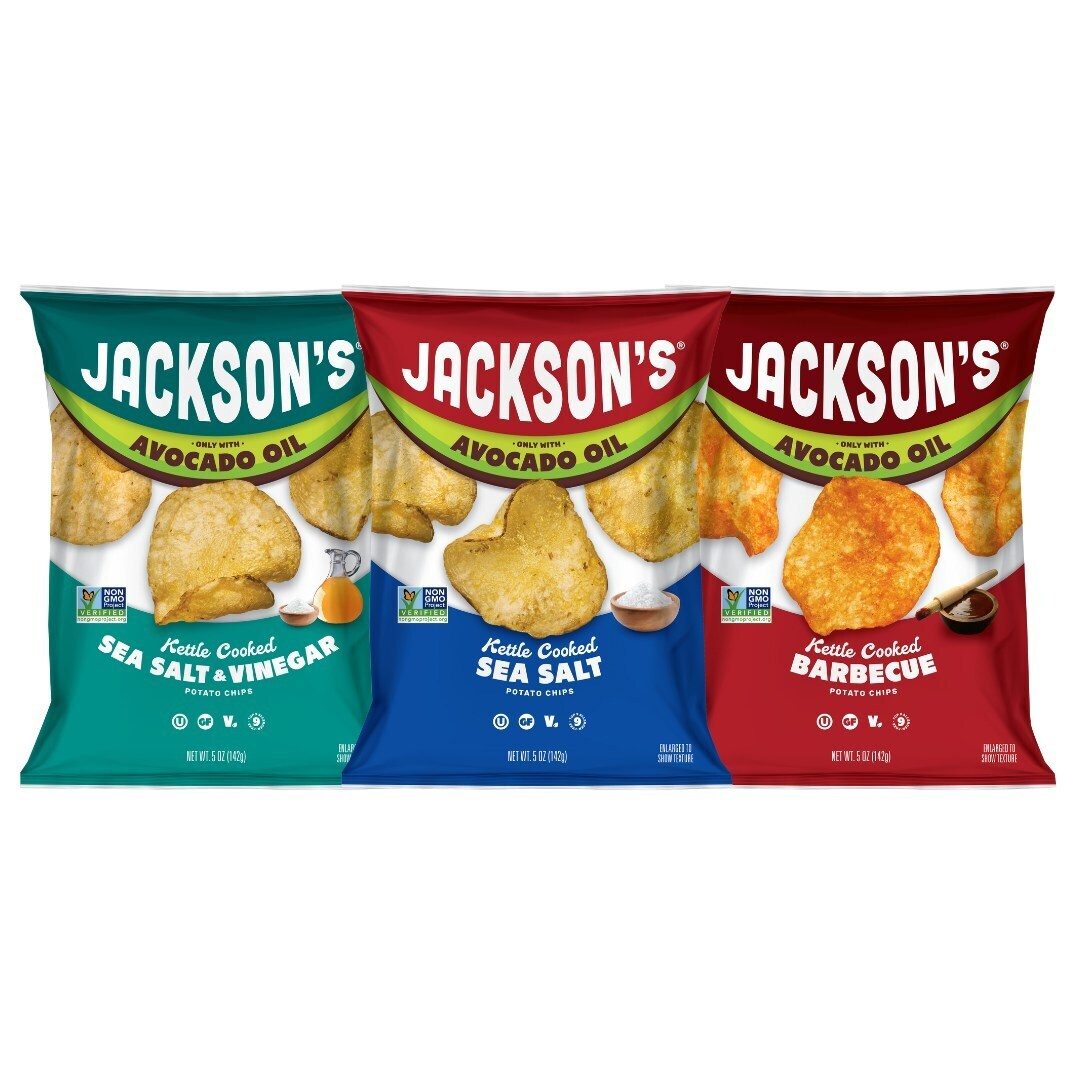
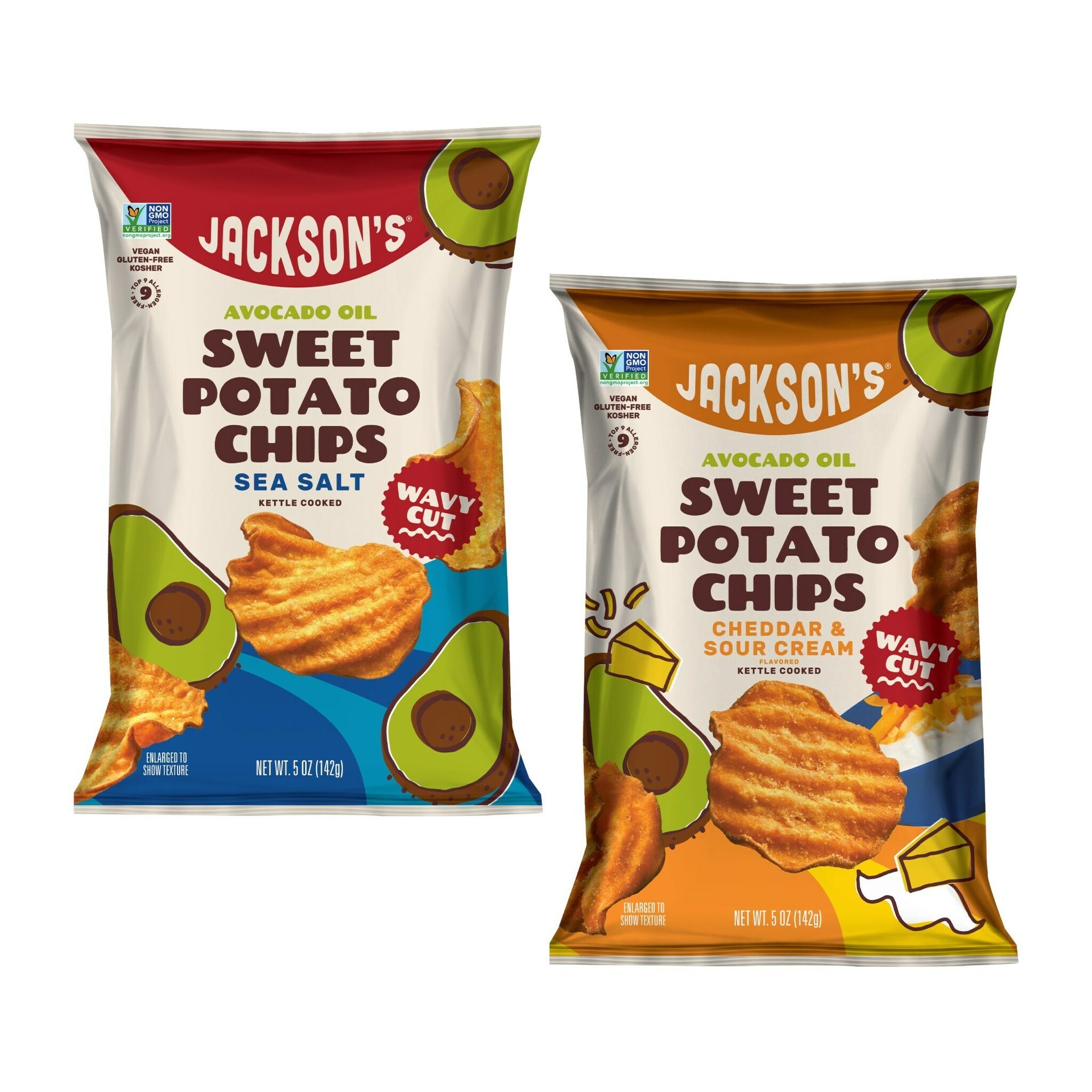
Courtesy of Jackson's
Apple chips had another rough year—last year’s State of the Industry coverage reported a 12% drop in sales, and the 2025 story is more bad news; the subcategory’s $19.5 million in sales represents a 28.6% loss in sales. The top-ranked companies offering apple chips accordingly experienced a lot of downs, with a few bright spots—and some brighter than others. Bare Foods, for example, sat atop the listing, but its $10.1 million in sales represents a drop of 54.1%. Seneca Foods raked in $2.1 million, a 12% decline in sales.
However, the apple chips subcategory also saw some notable jumps in dollar sales. Private-label apple chips took in $2.8 million for the 12-month period—a relatively modest figure, but one that represents a leap of 46.3%. Even more impressive, Rind sold $4 million of its fruit chips during the period, a figure that represents an eye-popping increase of 1,248.3%.
Looking back
While the snacks industry has been rough over the past year, Dan DeMeyer (senior director for Kellanova Away From Home) notes the field has shown notable resilience in the face of ongoing challenges, with lots to be optimistic about.
“Snacking has been growing for several years and continued to flourish this past year; nearly half of U.S. consumers are now snacking three or more times a day, which creates strong demand,” he reports. “About 57% of consumers seek snacks to eat on the go, which is a perfect fit for the c-store shopper. Finally, online snacks shopping continues to grow as nearly half of all consumers have purchased and delivery is up 24.5%.”
While conventional chips continue to attract plenty of sales, producers and products offering better-for-you benefits (as is the case with many food categories) have been seeing a larger number of sales increases.
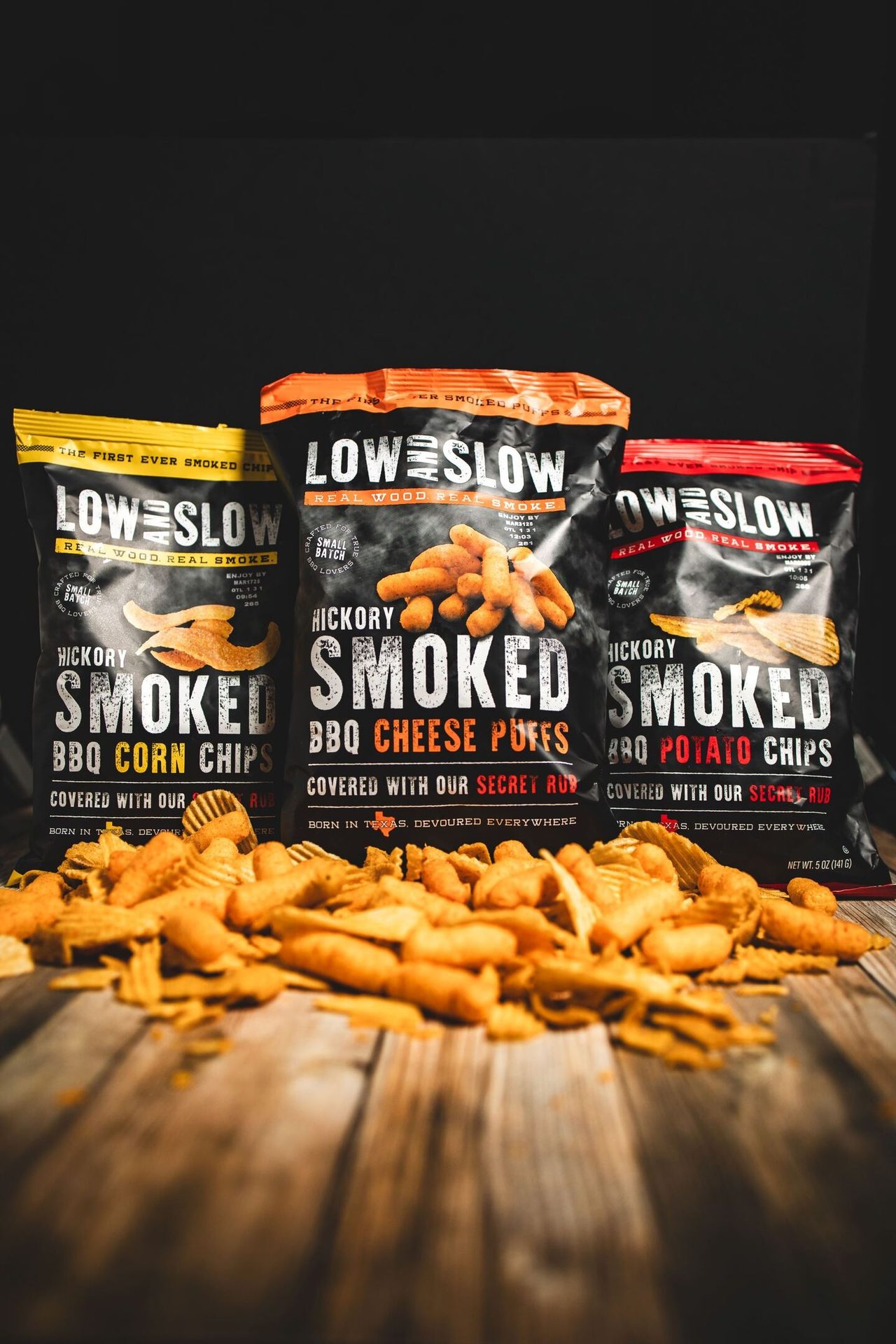
Courtesy of Low and Slow Snacks
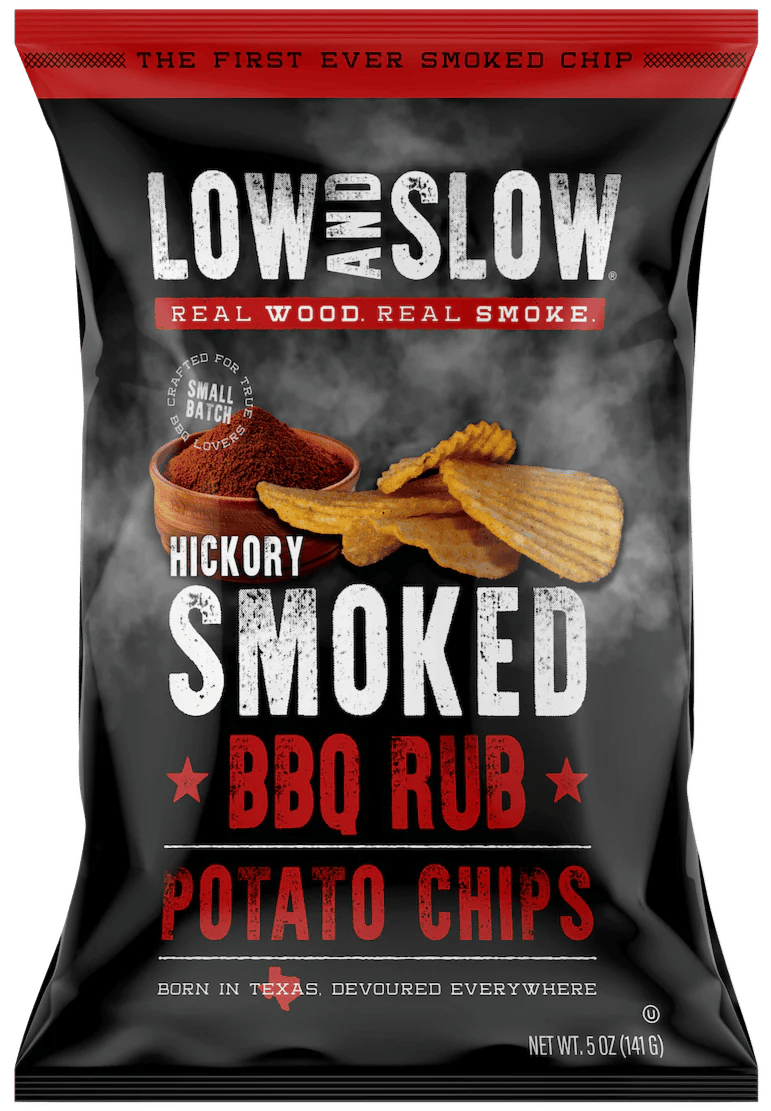
“The salty snack category has seen a massive migration of consumers shifting from legacy snack products, that are dominated by seed oils, to challenger brands that feature non-seed oils, particularly avocado oil,” observes James Marino, CEO of Jackson’s. “Jackson's is bringing growth to the snack aisle by making products that today's consumer is demanding: snacks made with better oils and better ingredients.”
In recent years, consumers have increasingly side-eyed chips and other snacks made using seed oils, a tendency that the Make America Healthy Again movement has helped to accelerate.
“It's amazing to see more people understand the potential inflammatory effects of seed oils on the human body and brain; from mainstream news articles to mega social influencers, they are shunning seed oils,” notes Marino. “This bold move toward simplicity in ingredients and guilt-free indulgence is reshaping the industry, setting a new gold standard for what it means to snack well.”
Another solid bet to increase attention and dollar sales, DeMeyer notes, has been going bold with flavors and textures.
“Kellanova is seeing that consumers increasingly crave bold, spicy, and experiential flavors; 57.5% of consumers seek authentic or unique snacking experiences, and 42% of 18–34-year-olds prefer bold, spicy chip flavors,” he shares. “Kellanova has been very successful with our launch of Pringles Hot Ones in two flavors: Rojo and Verde, launched in December 2024. The response has been strong for both flavors, exceeding our expectations, as we continue to build strong distribution and velocities. We also launched Pringles Hot Honey, a huge hit that taps into the growing sweet heat trend and appeals to consumers seeking bold flavor with natural sweetness.”
While big players like Frito-Lay continue to rank at the top, Jared Drinkwater, CEO and “chipmaster” of Low and Slow Snacks, says there are still plenty of opportunities for less gargantuan companies like his.
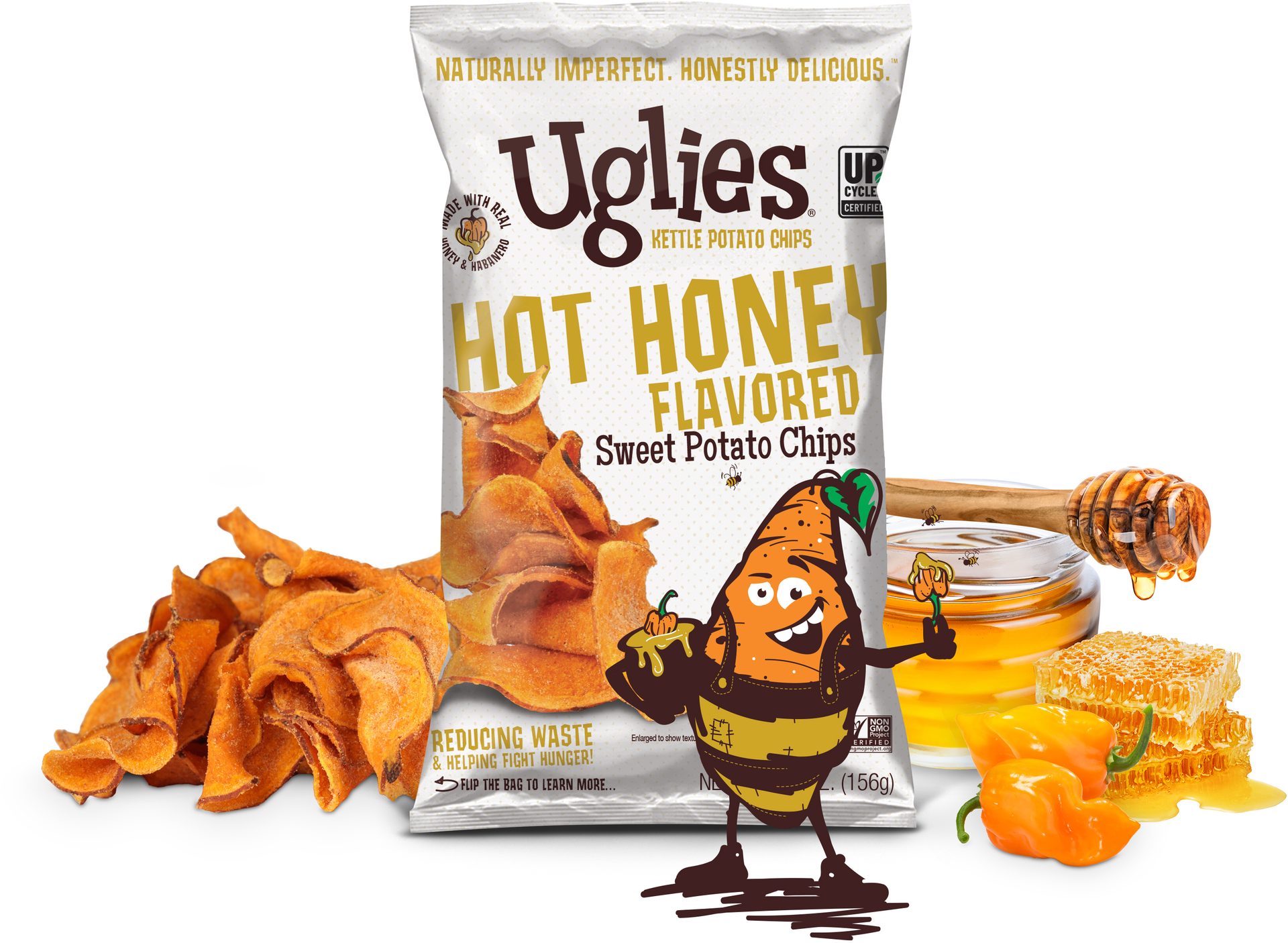
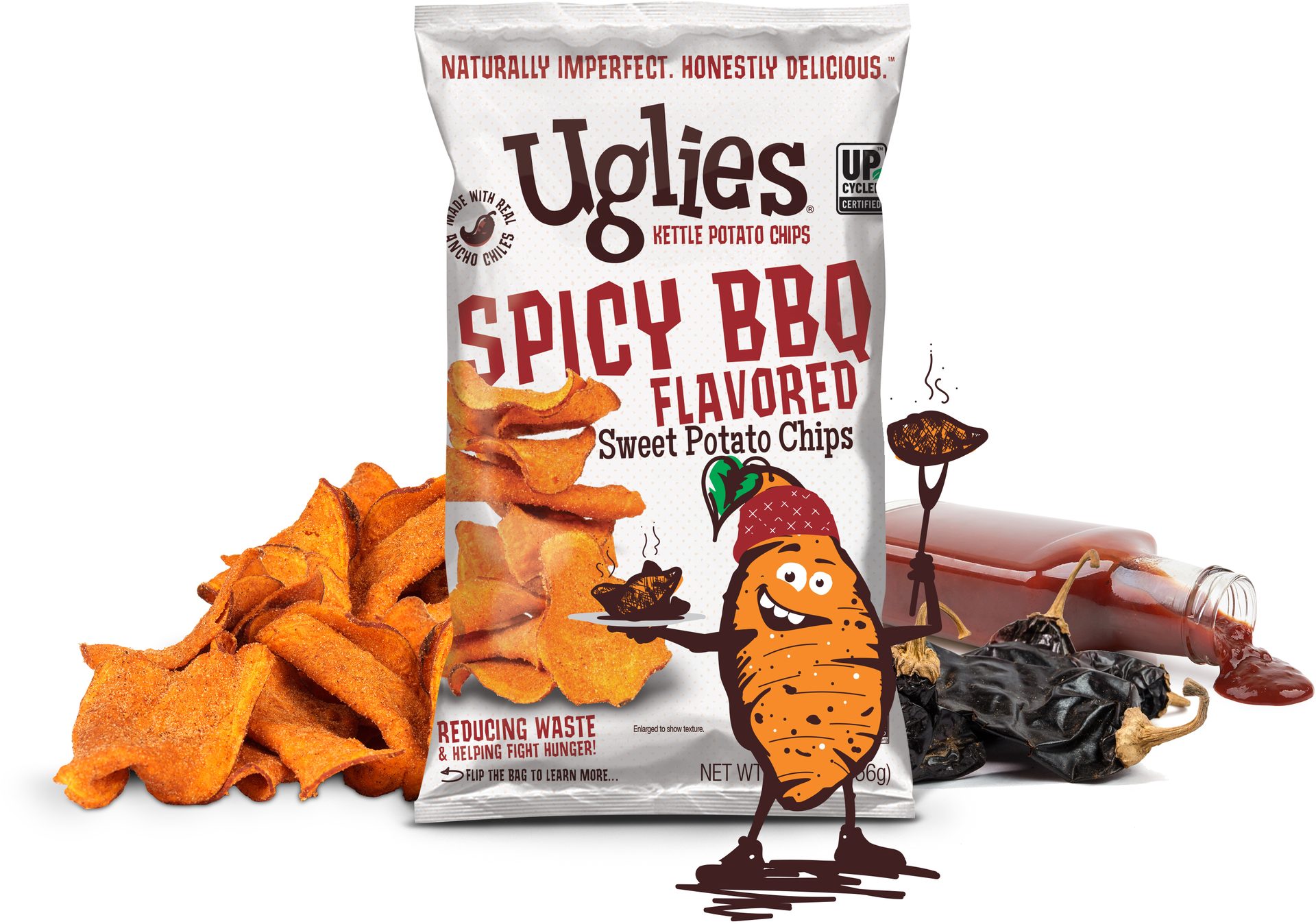
Courtesy of Uglies
“Since COVID, the extreme retail price inflation being driven by some established brands has actually opened the door for smaller players like Low and Slow,” he says. “With so much of the category being sold on deal, it’s expensive to compete, but we are seeing a consumer appetite to try something new if it’s the right value perception.”
One peg to hang value perception on is sustainability—Uglies, which incorporates upcycled spuds in its potato chips, says that attribute has helped the brand connect with snackers.
“Uglies is gaining distribution in new channels like convenience, where more sustainable brands like our upcycled Uglies Kettle Chips are garnering the attention of more buyers and consumers who want to help farmers and reduce food waste as much as we do,” boasts Bob Zender, director of marketing for the brand. “Uglies has experienced a great consumer response to our two new Sweet Potato Kettle Chips flavors: Hot Honey and Spicy BBQ. These upcycled kettle chips deliver on the ‘swicy’ flavor trend with a deliciously satisfying crunch that helps the environment.”
Looking forward
Producers surmise that chips offering innovation—flavors that veer from the conventional, products using alternative oils, and the like—will resonate with snackers in the coming months.
“Our in-house innovation team is constantly exploring new snack platforms and flavors,” shares Marino. “Only the best flavors make the cut; they must be tasty, craveable, and complement the snack base.”
Speaking of innovation, Low and Slow stands out because its savory snacks derive their flavor from a proprietary process that actually smokes the goods. The combination of its unique processing technique and playing in the familiar favorite flavor of barbecue could play into the upstart brand’s hands.
“We are seeing a consumer appetite to try something new if it’s the right value perception.”
— Jared Drinkwater, CEO/chipmaster, Low and Slow Snacks
